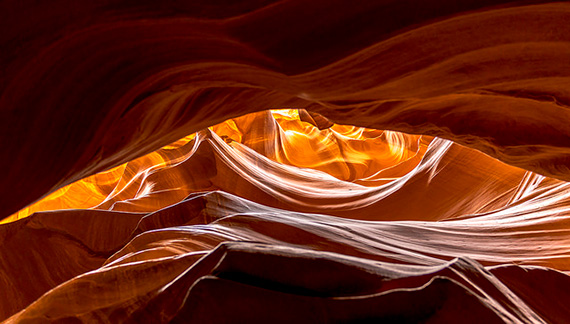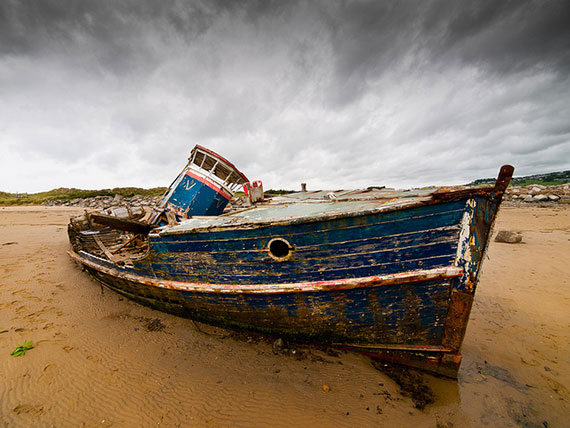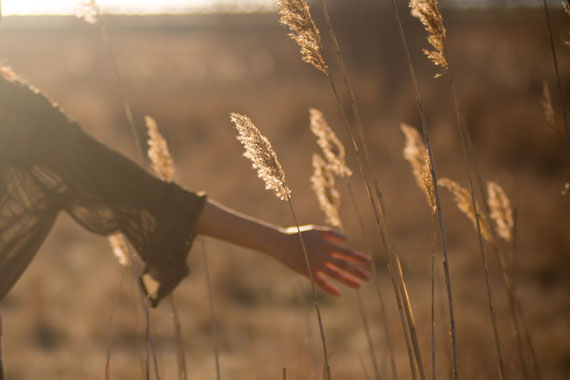We all know that we need light to take pictures. If you’re planning to take pictures outdoors during the daytime, you might believe that light is the least of your concerns. While that might be somewhat true, many people don’t realize that natural outdoor lighting has an effect on the overall look of their pictures. Natural light has different qualities. It may have warm tones or cool tones. Natural light can also be soft or hard. The quality of the light that shows in your images will depend on outdoor conditions (weather) as well as the time of day you are taking pictures.

photo by kewlscrn
Something else to consider is the fact that sunlight creates shadows. Shadows are a part of nature, but depending on your subject, those shadows could enhance or detract from your picture. Another reason to “see the light” when you are taking pictures outdoors is the fact that the available light influences camera exposure settings that will produce a properly exposed picture. You can’t change the natural lighting outdoors, but paying attention to light will help you make better decisions about how and when you might want to take your pictures.
Cloudy Days and Sunny Days
Direct, bright sunlight on a clear day is considered to be hard light. Depending on the angle and intensity of that light, sharp edged shadows may be cast on your subject. Those shadows work well for some subjects, such as landscape scenes, but a portrait that shows one part of the subject’s face in shadows is usually not very flattering. Bright light and shadows also create more contrast in an image. Pictures with higher contrast will bring out more details in a subject or scene.

photo by William Warby
The light on a cloudy, overcast day is not as bright or as hard as the light on a sunny day. Pictures taken on cloudy days have much less contrast than those taken on bright, sunny days. Pictures taken on cloudy days have very soft shadows, if there are any at all. The overall light on a cloudy/overcast day is pretty even, making it ideal for portraits. Take note that pictures taken in shaded areas on clear days will have pretty much the same light qualities as those taken under very cloudy conditions.
Color Tone and Time of Day
Many people don’t think about the color tone that will be in their pictures while they are taking the shots. Yet, as previously mentioned, the color tone in the atmosphere can have a distinct effect on the overall look of your pictures. The color tone on a very cloudy or overcast day is considered to be cool. The overall tone on a cloudy day is slightly bluish and gray. The natural colors of a scene or subject taken on a cloudy day will still show in your images. However, they won’t appear to be as bright or vivid as the same subject taken on a clear day. The colors will appear to be more subdued or cool.
On a clear day, during the hour or two after sunrise, the early morning light has a warm, yellowish color tone. The same is true for the hour or two before sunset. The hour or so after sunrise and before sunset is known as the golden hour(s). Many photographers love taking pictures at these times because of the warm tones, but also because the light is not as hard or harsh as it might be around midday. Since the sun is still near the horizon during these hours, it produces long shadows. However, these shadows are not quite as sharp and hard as shadows produced by midday sunlight. As the sun continues to rise, the warm tones gradually fade during the hours from mid-morning to midday.
The light at midday is considered to be neutral or colorless (as far as color tone). However, the midday light is the hardest light of the day and produces hard, sharp edged shadows. This type of light may work well for some subjects, but it is probably the least desirable type of lighting for portraits. After midday, the tone of the light in the atmosphere gradually begins to become warmer as we head into late afternoon. We then head toward another golden hour before sunset. All cameras have a white balance feature, which is designed to make sure that anything white in a scene shows as white in the picture. However, depending on your camera settings, it might cause the warm glow to be eliminated from your picture. On the other hand, your camera also has settings that can enhance the warmth or coolness of your images. Check your camera’s manual to see which white balance setting will work best for the effect you want.
Once again, you can’t change outdoor conditions when you’re taking pictures. But you should get to know how natural light affects your photos. There may be times when you have something specific in mind as far as what type of natural light would work best for a particular scene or subject. Now, since you know the main qualities of natural light, you will be able to make good decisions as to how and when you take those pictures.
About the Author:
Keith Jones writes for https://www.easybasicphotography.com/, a site geared towards beginners through serious amateurs who want to learn a little more about basic digital photography.
Like This Article?
Don't Miss The Next One!
Join over 100,000 photographers of all experience levels who receive our free photography tips and articles to stay current:






I’m very glad that yours Picturecorrect in special with Keith Jone thank you so much to put my photograph.
Kind Regards
Federico Flores Moy